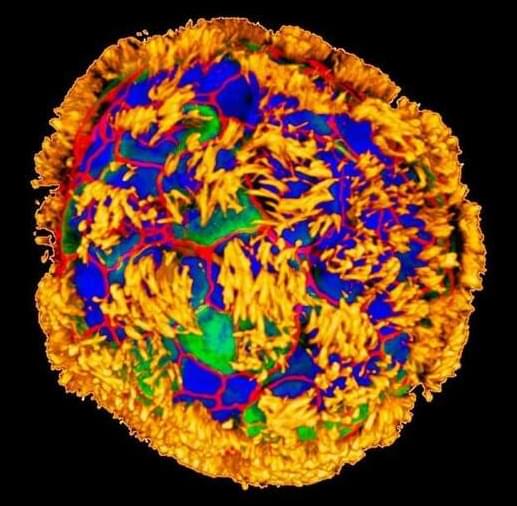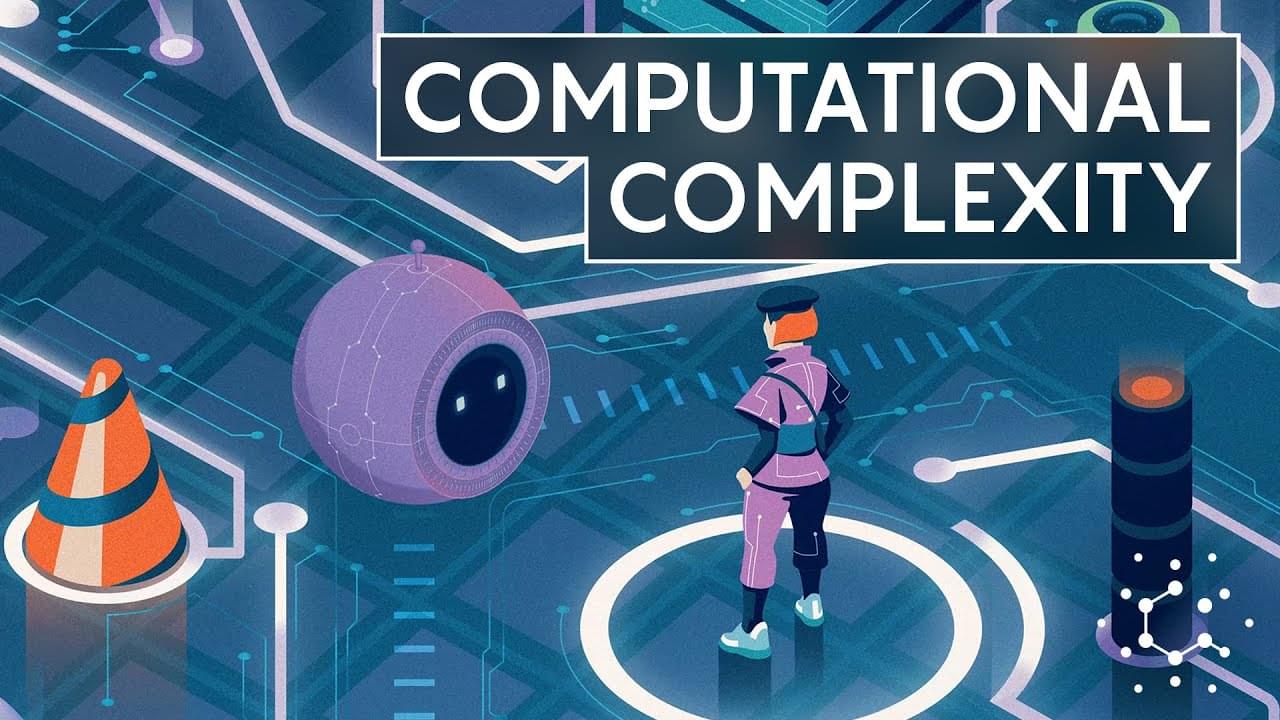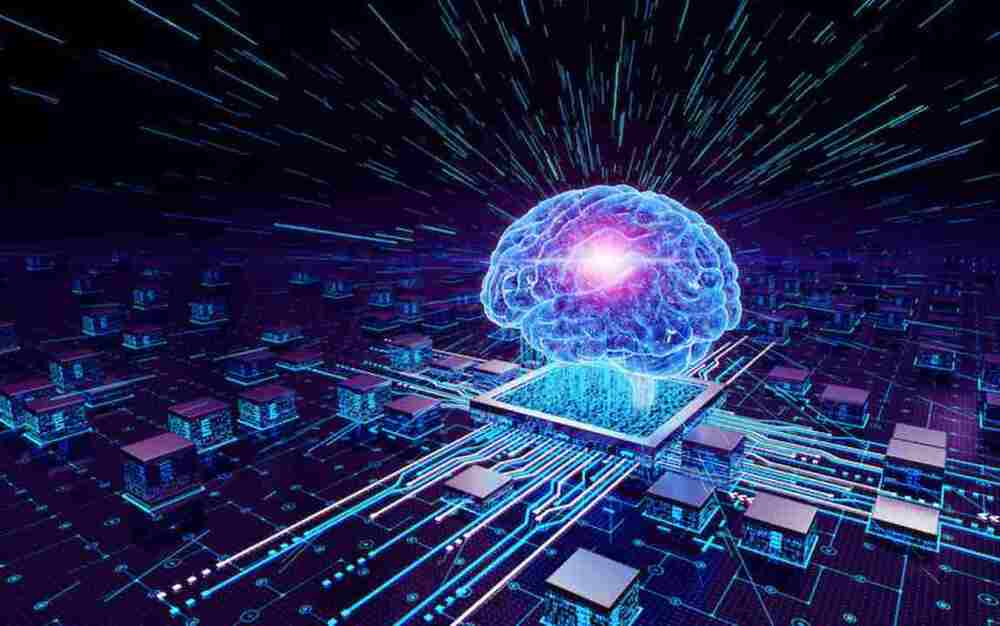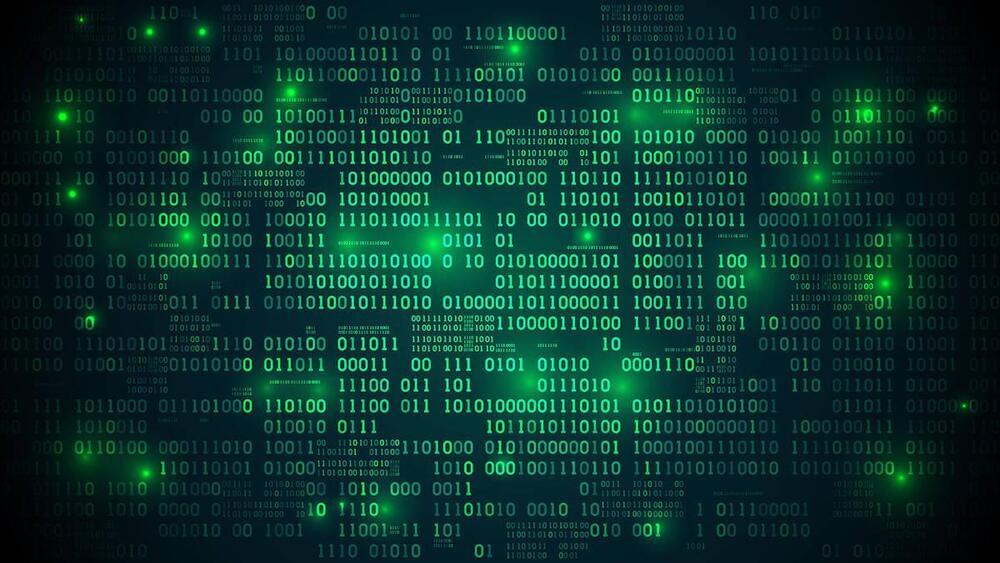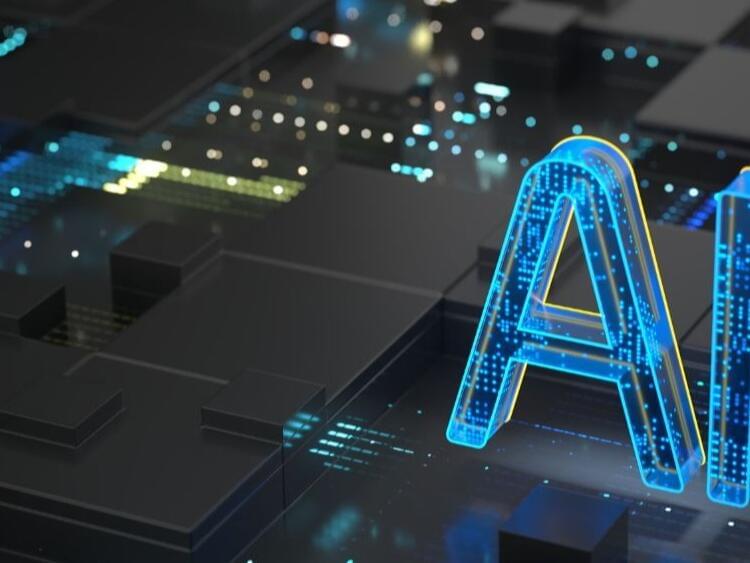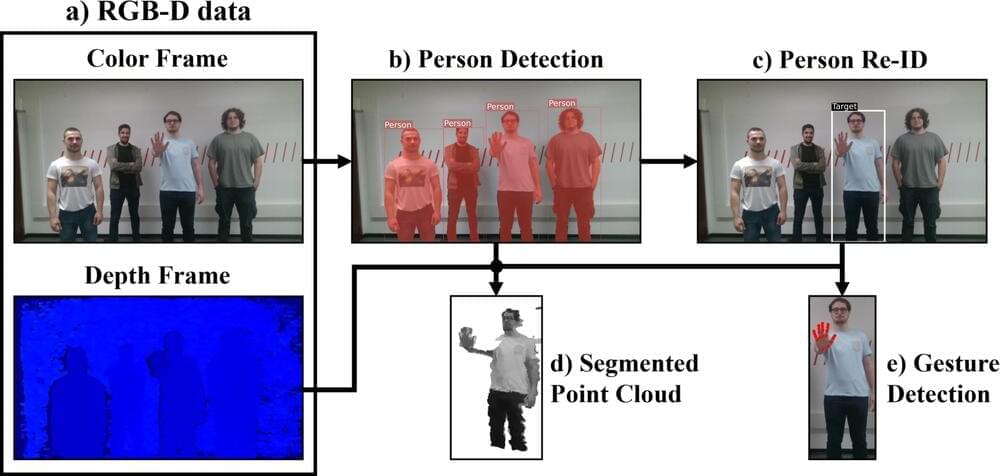
In recent years, roboticists and computer scientists have introduced various new computational tools that could improve interactions between robots and humans in real-world settings. The overreaching goal of these tools is to make robots more responsive and attuned to the users they are assisting, which could in turn facilitate their widespread adoption.
Researchers at Leonardo Labs and the Italian Institute of Technology (IIT) in Italy recently introduced a new computational framework that allows robots to recognize specific users and follow them around within a given environment. This framework, introduced in a paper published as part of the 2023 IEEE International Conference on Advanced Robotics and Its Social Impacts (ARSO), allows robots re-identify users in their surroundings, while also performing specific actions in response to hand gestures performed by the users.
“We aimed to create a ground-breaking demonstration to attract stakeholders to our laboratories,” Federico Rollo, one of the researchers who carried out the study, told Tech Xplore. “The Person-Following robot is a prevalent application found in many commercial mobile robots, especially in industrial environments or for assisting individuals. Typically, such algorithms use external Bluetooth or Wi-Fi emitters, which can interfere with other sensors and the user is required to carry.”



